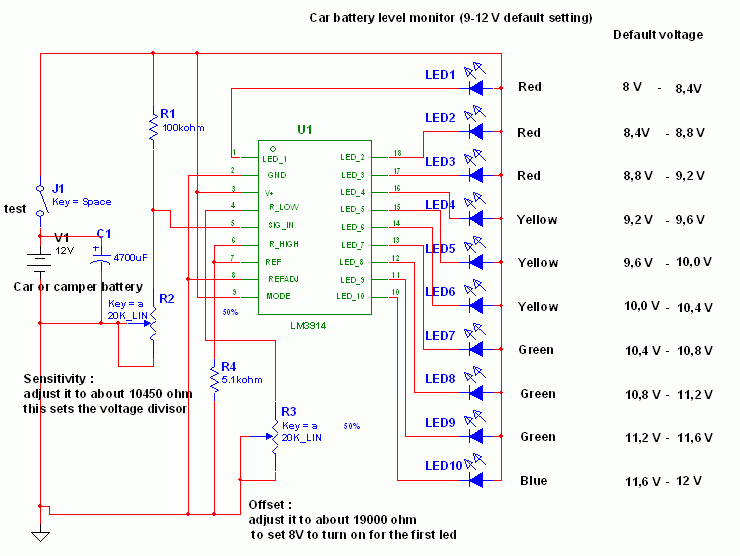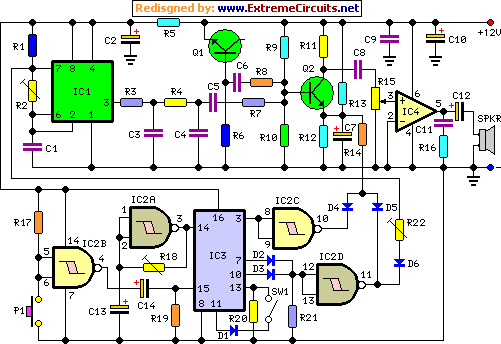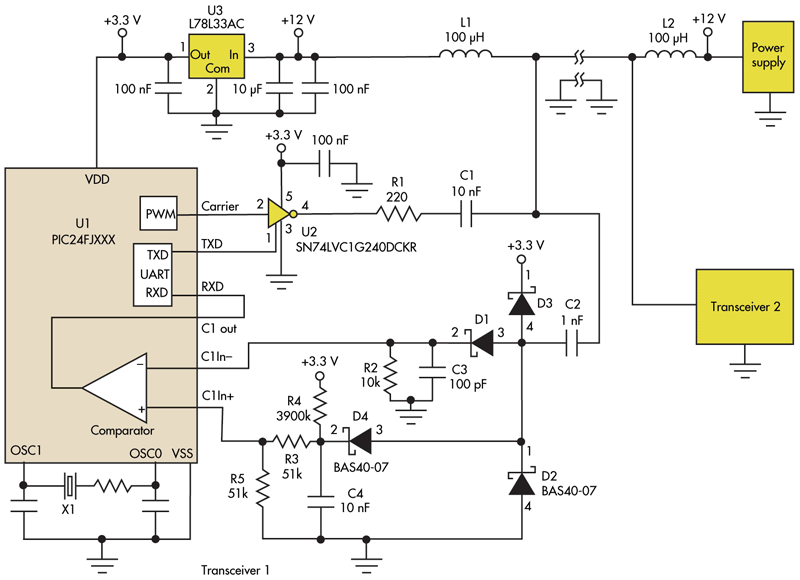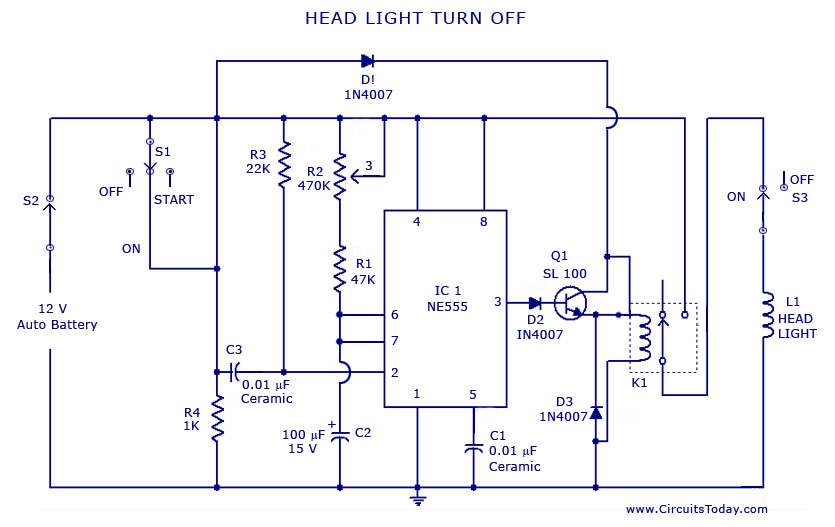
Battery Charger Circuit for Lead-Acid Batteries
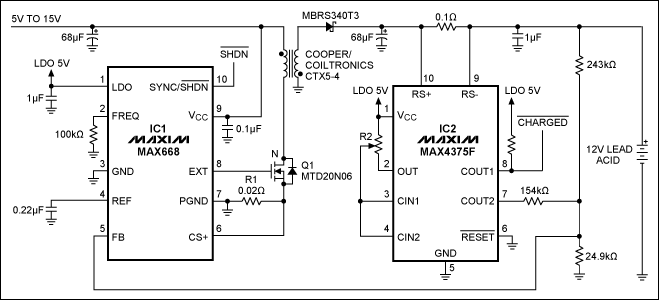
A simple battery charging circuit is designed using a flyback converter current-limited power supply to charge lead-acid batteries. This circuit is developed by Maxim Integrated.
The described battery charging circuit utilizes a flyback converter topology, which is well-suited for applications requiring isolation and voltage step-down. The flyback converter operates by storing energy in a magnetic field during the switch-on phase and releasing it to the output during the switch-off phase. This method allows for efficient energy transfer and regulation, making it ideal for charging lead-acid batteries.
The current-limiting feature of the power supply is crucial in preventing overcharging, which can damage lead-acid batteries. This is achieved through feedback mechanisms that monitor the output current and adjust the switching duty cycle accordingly. The design typically includes components such as a transformer, a power switch (usually a MOSFET), a diode for rectification, and filter capacitors to smooth the output voltage.
Additional components may include a control IC, which regulates the operation of the flyback converter, ensuring stable output voltage and current. The circuit may also incorporate protection features such as overvoltage protection, thermal shutdown, and short-circuit protection to enhance reliability and safety.
Overall, this simple yet effective battery charging circuit exemplifies the application of flyback converter technology in power supply design, specifically for lead-acid battery charging, providing a robust solution for energy management in various electronic applications.A simple battery charging circuit is made by a flyback converter current-limited power supply to charge lead-acid batteries. The circuit is made by Maxim-IC company 🔗 External reference
The described battery charging circuit utilizes a flyback converter topology, which is well-suited for applications requiring isolation and voltage step-down. The flyback converter operates by storing energy in a magnetic field during the switch-on phase and releasing it to the output during the switch-off phase. This method allows for efficient energy transfer and regulation, making it ideal for charging lead-acid batteries.
The current-limiting feature of the power supply is crucial in preventing overcharging, which can damage lead-acid batteries. This is achieved through feedback mechanisms that monitor the output current and adjust the switching duty cycle accordingly. The design typically includes components such as a transformer, a power switch (usually a MOSFET), a diode for rectification, and filter capacitors to smooth the output voltage.
Additional components may include a control IC, which regulates the operation of the flyback converter, ensuring stable output voltage and current. The circuit may also incorporate protection features such as overvoltage protection, thermal shutdown, and short-circuit protection to enhance reliability and safety.
Overall, this simple yet effective battery charging circuit exemplifies the application of flyback converter technology in power supply design, specifically for lead-acid battery charging, providing a robust solution for energy management in various electronic applications.A simple battery charging circuit is made by a flyback converter current-limited power supply to charge lead-acid batteries. The circuit is made by Maxim-IC company 🔗 External reference

